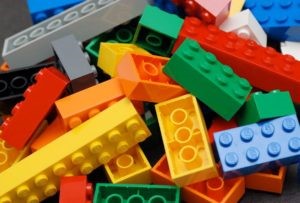ABS is one of the original engineering thermoplastics. A classic all-rounder with a good blend of performance and aesthetic properties.
Here is the latest Hardie Polymers article by the late Dr. Charlie Geddes:
In my days of teaching polymers to industrial designers, ABS was almost the automatic choice in product design projects. Partly this was an indication that a formal material selection had not taken place, but equally as a safe pair of hands. The all-round performance with its good impact strength, reasonable heat resistance, oil resistance, mouldability and the difficult to define properties of mark resistance and tactility, made it a material of choice for a range of products and one of the first to be designated an engineering thermoplastic.
Where do the attractive properties of ABS come from? Firstly, it is the clever combinations of its three main building blocks (monomers), acrylonitrile, butadiene and styrene. By varying the proportions of the three monomers a whole range of grades are possible. Some maximise the impact resistance, some with better oil resistance and others with marginally higher heat distortion temperatures. All of this was ground breaking chemistry back in the 1940s, putting ABS ahead of other thermoplastic families.
Student designers who were most successful were not those who nominated ABS but those who could home in on a specific grade to match the specification of the product. Today, it is even more important for designers to select the correct grade.
If you have enjoyed this then for more of Charlie’s blogs why not read more of Hardie’s knowledge base articles?
For information on all the specified grades that Hardie Polymers can offer please contact them today on

